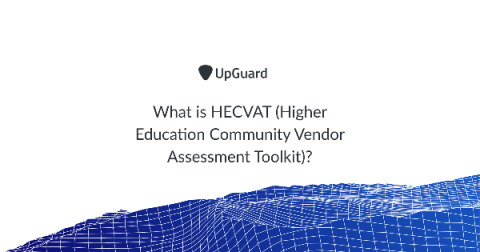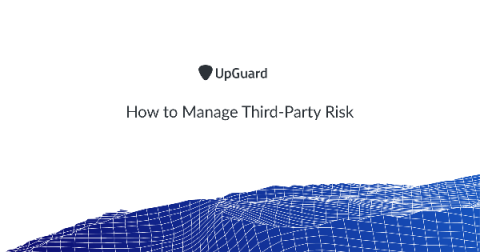CCPA Compliance Checklist
If your organization has a presence in California or does business with California residents, then it probably needs to comply with the California Consumer Privacy Act (CCPA). CCPA compliance is no easy task but never fear: Using this checklist and our CCPA audit guide can help smooth the way.






